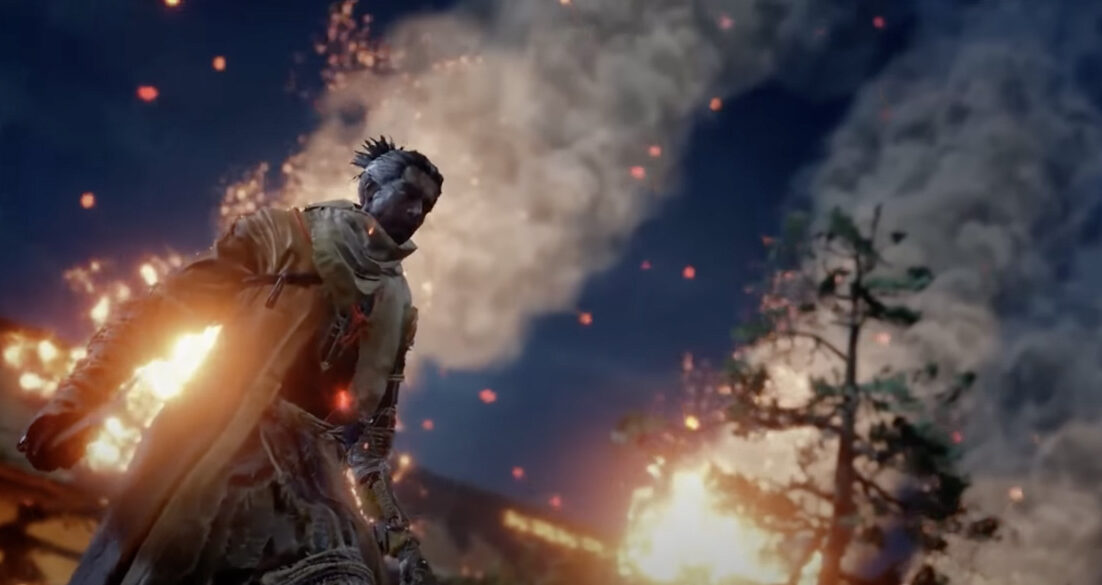FromSoftwares newest release, ‘Elden Ring’, marks the second large departure from the studios renowned ‘Dark Souls’ franchise by taking the systems from those titles and spinning them into a large open world. The newest title has gained worldwide acclaim, as many of the studios games often find, but one of their previous entries remains the largest departure from the Souls formula. ‘Sekiro: Shadows Die Twice’ saw the studio abandon the many systems they relied on for years, leading to the freshest and most unique experience the studio has ever accomplished.
Launching in March of 2019, ‘Sekiro: Shadows Die Twice’ was met with critical acclaim, with many praising the new direction from the studio. Abandoning many of the RPG elements seen in all of their previous titles, the new game gave players a streamlined experience. Before the shinobi adventure, the studio was known for a more cryptic style of storytelling. Using dialog from NPC characters, as well as various items within the game world to carry a majority of the story told within the ‘Dark Souls’ titles. While the meta level of story telling is still very active within ‘Sekiro’, the studio also tells a heavy dose of story through various cinematic moments. From the first cutscene of ‘Sekiro’, players discover the title will be a stark contrast from the typical FromSoftware formula.
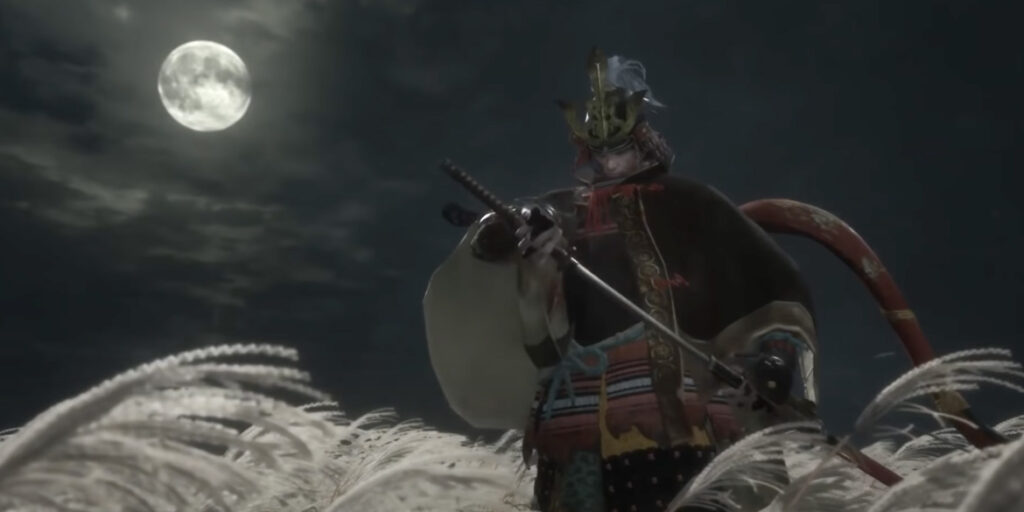
Moving the action from a fantasy European setting to Feudal Japan, the Japanese studio finally began telling a story that was far more close to home than ‘Dark Souls’ ever could be. Set in a fantasy version of the Sengoku period of Japanese history, a period full of civil war and social unrest. Players control the main character, Wolf, a lone shinobi tasked with protecting the “Divine Heir” Lord Kuro. The child that players are tasked with protecting has unique bloodlines that renders him immortal, a skill many in the fantasy, war torn setting are keen on acquiring. Wolf sets out to discover a way to break the immortal ties that his Lord wishes to be broken.
However there is no shortage of strong enemies to stand in the players way of accomplishing Lord Kuros request. The Ashina Clan, who wrestled control of the land prior to the events of the game, are based on an actual clan from Feudal Japan. The change of setting allowed the studio to rework many of the mechanics they had become known for. Removing the highly customizable systems seen in those earlier titles, in favor of studio designed main character. Players spent the whole of the experience with the same armor and weapon the receive in the very beginning of the game. While the customizing of armor, weapons, and stats into various different builds are absent in ‘Sekiro’, the game remains highly customizable.
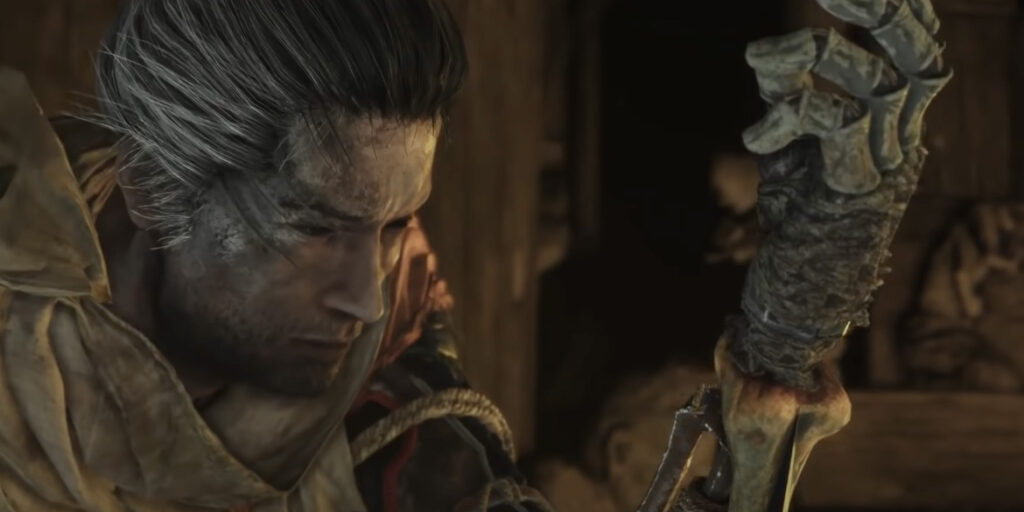
Also gone are the slow and sometimes clunky feeling of battles in the medieval fantasy world of ‘Dark Souls’. Swapping to a quick combat system that often feels more like a rhythm game than an action roleplaying title. Players will need to master deflects, attacks, skills, and prosthetic tools in order to master the games many challenges. At the beginning of the story, Wolf loses his arm following a fight with the grandson of the warrior who gained control of Ashina. Fitted with a prosthetic arm by a mysterious sculptor, players can find various shinobi tools throughout the game world. Shurikens, firecrackers, a spear, and many more can be discovered and fitted into the prosthetic arm. Giving the player many options for combat, even though you use the same katana throughout the adventure.
In addition to these tools, ‘Sekiro’ also has one of the most sublime sword combat systems found in gaming. Working heavily on a deflecting system, which sees players tapping the left bumper to deflect incoming enemy attacks, Wolf’s adventure feels truly unique from any other title in existence. Overcoming FromSoftwares notorious difficulty, which remains in ‘Sekiro’, players will need to masterfully weave attacks, deflects, skills, and prosthetic tools into the many overwhelming encounters. Which is where the comparison to a rhythm game comes into play. It may sound odd to describe a violent samurai game in this fashion, but at its core, this is precisely what this system feels like. FromSoftware demands you learn the games many systems before you can overcome even the most basic of enemies. While a dodge mechanic remains in the game, fans of previous Souls games were punished heavily for relying on it. Many of the games mechanics are built on rewarding deflecting and punishing dodges, leaving players with the difficult task of forgetting the muscle memory imbedded from previous titles.
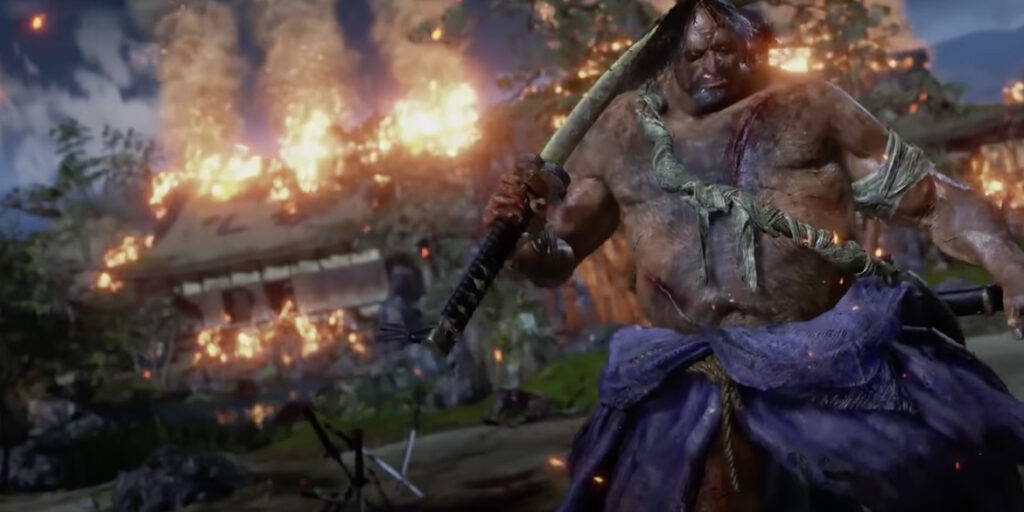
The studio is renowned for their boss designs and mechanics, something that is simply at the next level in ‘Sekiro’. Many of the studios best boss designs are found here, including one of the most difficult bosses in gaming history. The studio flexing their design muscles becomes clear as you move your way through the games many areas where even the weakest of enemies can become a hurdle for new players. As with every game the studio has ever made, players will not be able to brute force their way through the title. One of the few developers who refuse to implement an “easy mode” within their titles, the Japanese studio rewards you for taking the time to learn the exquisite combat system. Hidetaka Miyazaki, the director of nearly all of the developers titles, truly crafted a uniquely punishing and highly rewarding experience in ‘Shadows Die Twice’. The formula that keeps players coming back to these difficult and punishing games time and time again.
The rewarding system, which has become a staple of the Souls genre, rewards players who take the time to learn the patterns of the games many bosses. Overcoming the challenges will demand you learn from each death, which is another system that has been reworked in ‘Sekiro’. Gone are the days of a single death resetting an encounter with a boss, as the subtitle of the game suggests, players had the ability to resurrect once during fights. While this may sound like it makes the classic formula less punishing, the quickness of the combat and the multiple deathblows required on bosses and mini-bosses, ensured players were never very far from another death. The boss designs felt fresh and interesting with the change to Feudal Japan, pitting you against quick samurai, powerful generals, and many fantasy enemies based on Japanese folklore. Enemy designs are elevated with incredible level design with many unique and stunning areas.
The studios classic combat system may be missing, however, the interconnectivity of the games many areas remains intact. While not truly an open world game, the many biomes of ’Sekiro’ all feel large and unique. From a large Feudal Japanese castle and the town surrounding it, to a Buddhist temple high in the mountains and many other masterfully crafted areas, the next area feels as fascinating as the previous. Arena’s where you will face the games many bosses also feel overwhelmingly unique, from a dojo at the summit of the Ashina Castle to a temple fully engulfed in stunning flames. Each encounter feels as epic as the path you took to get to them, leaving the title feeling fresh until the credits roll. The game shows you no shortage of stunning vista’s over its nearly thirty hour runtime, making the return to previously explored areas well worth the journey, just to experience the master class of level design one more time.
The one on one combat makes each battle feel directly out of a popular Kurosawa film or Anime. Boss encounters have the epic feeling of two samurai fighting to the death in a beautiful stylized version of the island of Japan. Playing as a ninja allowed FromSoftware to also add in their first true stealth mechanic, allowing player to perform stealth takedowns to ease the pain of the overwhelming enemy numbers. The addition of a designated jump button and grappling hook adds a new level of verticality never seen in previous titles. Allowing players to gain the advantage over enemies by traversing the many rooftops to secure a jumping deathblow on unsuspecting enemies. The stealth mechanics also become a useful tool for removing one of two deathblows needed to defeat the various mini-bosses, assuming players can find a way to sneak up on their unsuspecting prey. Adding yet another layer and variety to the already remarkable combat system.
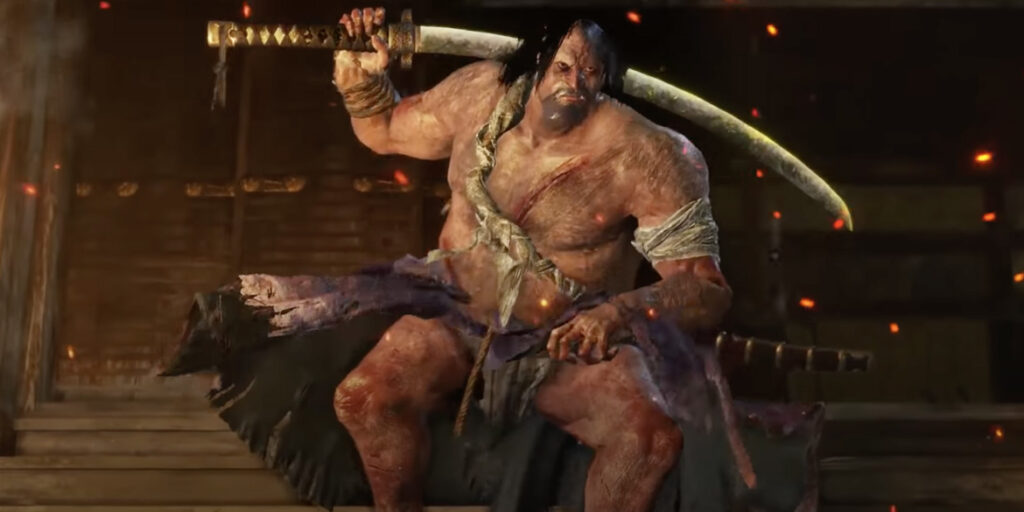
As seen in previous titles such as ’Sifu’, the combat system works off of a “posture” system. Both the player character and enemies have posture gauges that fill up from taking undeflected attacks, once an enemies posture is broken, a deathblow can be performed on them. If the players posture is broken, you will be opened up to attacks for a few seconds without the ability to defend yourself. It is an incredible system that rewards deflecting the fast attacks, while punishing attempts to brute force through enemies. Also gone from the ‘Dark Souls’ games was the stamina meter, which prevented the characters from attacking or dodging once it was depleted. Players can attack as many times as they want in ‘Sekiro’ without worrying about depleting any sort of stamina. Adding yet another way the combat and mechanics feel like a stark contrast from the developers previous games. The classic FromSoftware formula still remains, however the changes of key components makes the title stand high above previous entries.
The story also sees various different endings the player can receive depending on choices made throughout the play through. Players can effectively lock themselves out of nearly half of the game by making poor choices during crucial moments. Adding in a high level of replayability to the title, including exclusive bosses only seen in specific endings. Gone are also the days of utilizing souls to increase a long list of character stats, replaced with a simple system of increasing only health and attack power. Many skill trees can be found and/or missed depending on different paths the player can take. It is a simple system that rewards exploring, fighting, and taking on difficult skippable mini-bosses which can gain you a prayer bead, four of which allows players to increase their damage output. Although the deep statistics of the Souls games are gone, along with the high level of customization and dozens of play styles, Wolf can still be customized with new skill trees and various combat arts, which allows Wolf to perform different attacks with his trusty katana.
‘Sekiro: Shadows Die Twice’ remains a master class in level and enemy design, even three years after its release. The largest jump FromSoftware has taken from the franchise that made them a household name. Melding punishing difficulty, beautiful vistas, and a Japanese setting to propel the title far beyond anything Dark Souls had to offer. The recent popularity of samurai games with the release of ‘Ghost of Tsushima’ keeps hope alive that Miyazaki and his team will return to this incredible world with a sequel. Keeping the studios design fresh and exciting for both the players and the team hard at work delivering these addicting titles. ‘Sekiro’ has become the game that propelled FromSoftware from their cult following to mainstream attention, something that would be hard to abandon without any sequels.
With the release of ‘Elden Ring’ in February of 2022, FromSoftware has almost certainly began production on their next title. Fans can only hope that their desire to return to the world of ‘Sekiro’ has become a desire of the development team as well. With such a masterfully crafted experience, fans would be disappointed if the studio never returned to tell a new tale of the one armed shinobi. The studios ‘Elden Ring’ was announced at E3 2019, only months after the release of ‘Sekiro’ so we could find out soon what is next for the acclaimed studio. Winning Game of the Year from several different outlets, it would be a shame for Miyazaki to abandon what could become the next big franchise.

